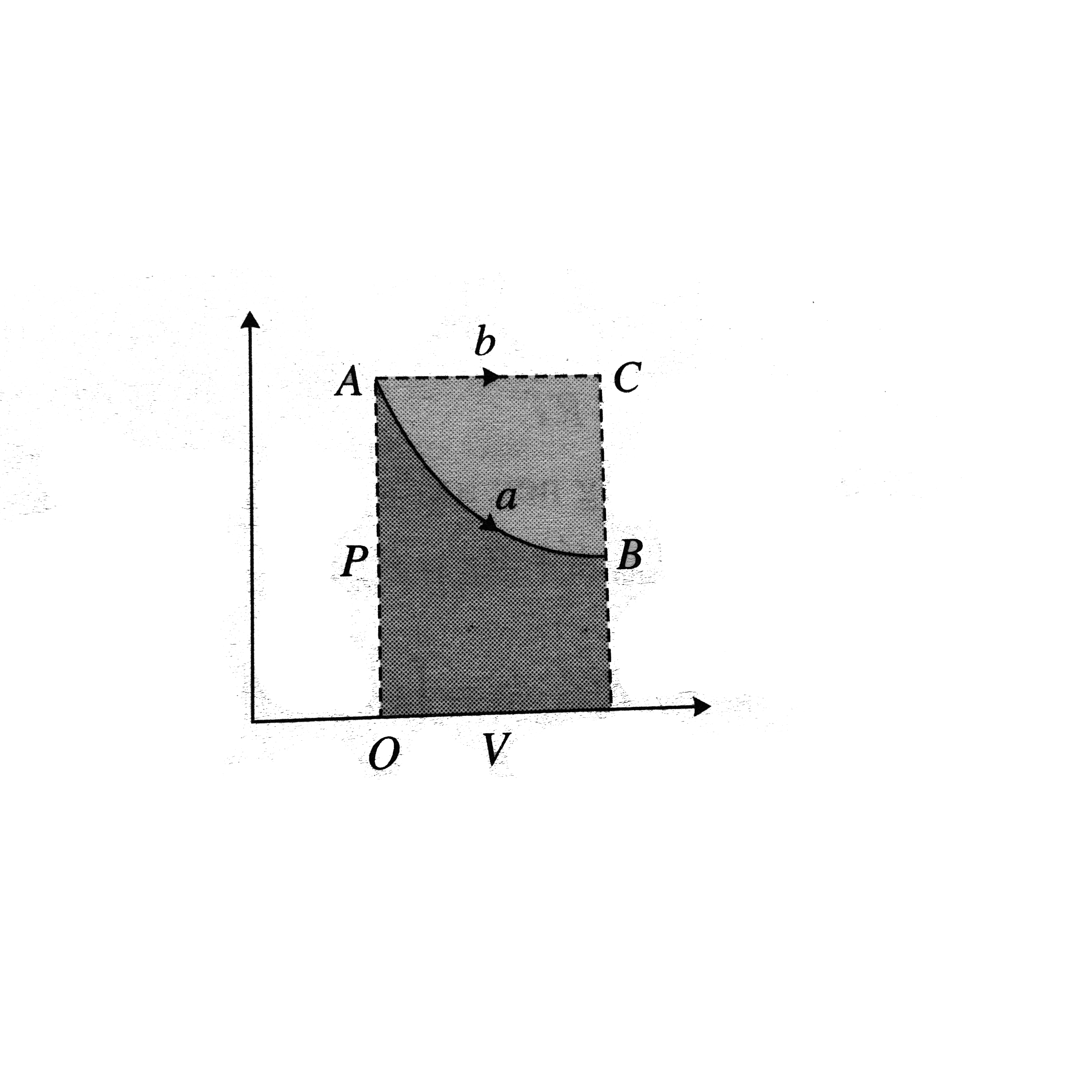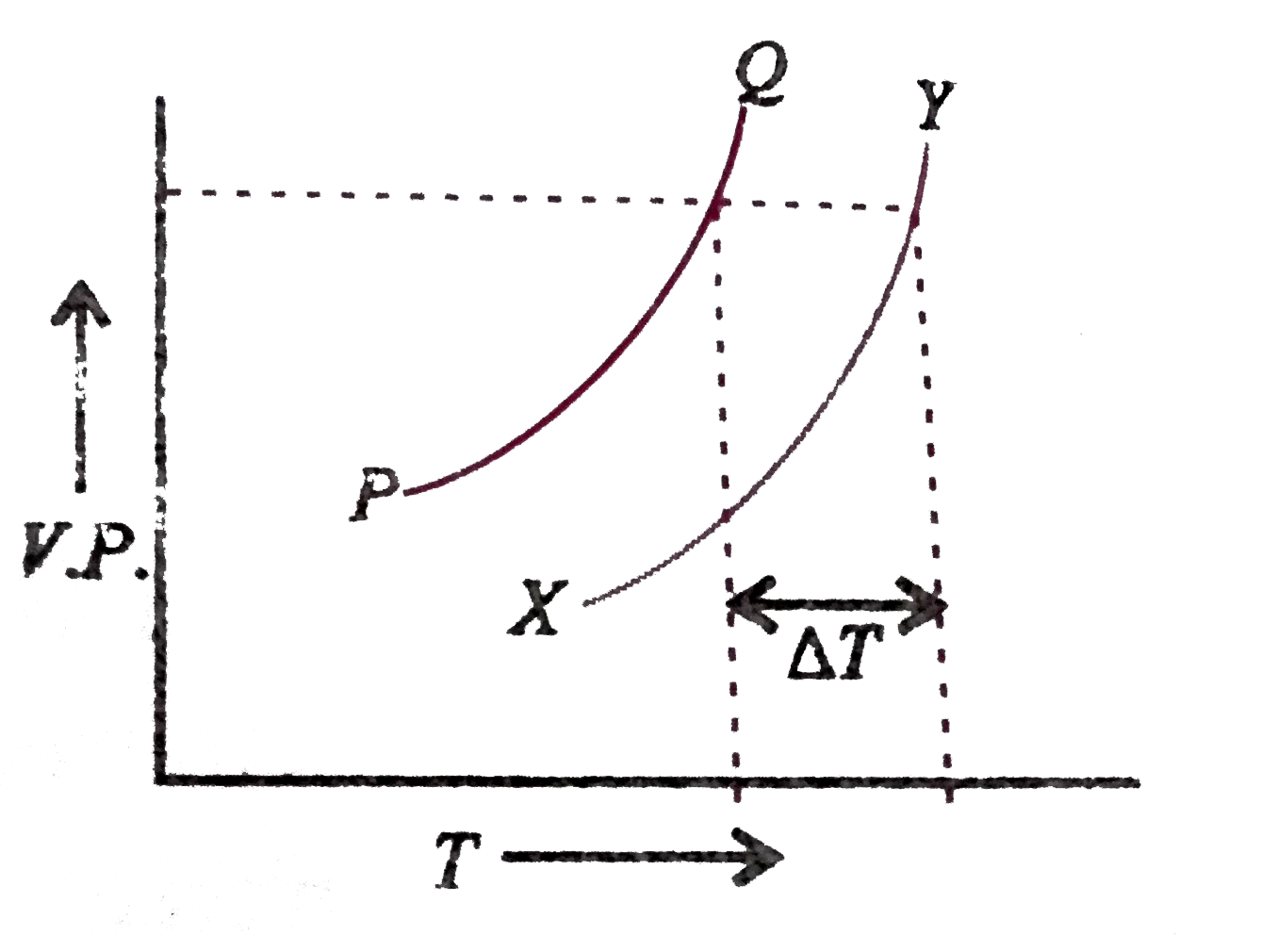The equation of state for 5 g of oxygen at a pressure P and temperature T, when occupying a volume V, will be
PV=532RT
PV=5RT
PV=52RT
PV=516RT
The correct Answer is:A
To derive the equation of state for 5 g of oxygen at a pressure P and temperature T, occupying a volume V, we can follow these steps:
Step 1: Understand the Ideal Gas Law
The ideal gas law is given by the equation:
PV=nRT
where:
- P = pressure of the gas
- V = volume of the gas
- n = number of moles of the gas
- R = universal gas constant
- T = temperature of the gas in Kelvin
Step 2: Calculate the Number of Moles
We are given the mass of oxygen, m=5 grams. To find the number of moles n, we use the formula:
n=mM
where M is the molar mass of oxygen. The molar mass of oxygen (O₂) is approximately 32 grams per mole.
Substituting the values:
n=5 g32 g/mol=532 moles
Step 3: Substitute the Number of Moles into the Ideal Gas Law
Now we can substitute n back into the ideal gas law:
PV=(532)RT
Step 4: Rearranging the Equation
To express the equation in a standard form, we can rearrange it:
PV=532RT
Final Equation
Thus, the equation of state for 5 g of oxygen at pressure P and temperature T when occupying a volume V is:
PV=532RT
Conclusion
The correct option from the given choices is option 1:
PV=532RT
---
The ideal gas law is given by the equation:
PV=nRT
where:
- P = pressure of the gas
- V = volume of the gas
- n = number of moles of the gas
- R = universal gas constant
- T = temperature of the gas in Kelvin
We are given the mass of oxygen, m=5 grams. To find the number of moles n, we use the formula:
n=mM
where M is the molar mass of oxygen. The molar mass of oxygen (O₂) is approximately 32 grams per mole.
n=5 g32 g/mol=532 moles
Now we can substitute n back into the ideal gas law:
PV=(532)RT
To express the equation in a standard form, we can rearrange it:
PV=532RT
Thus, the equation of state for 5 g of oxygen at pressure P and temperature T when occupying a volume V is:
PV=532RT
The correct option from the given choices is option 1:
PV=532RT
Topper's Solved these Questions
- THERMODYNAMICSBOOK - AAKASH INSTITUTE ENGLISHCHAPTER - THERMODYNAMICSEXERCISE - ASSIGNMENT (SECTION -D) (Assertion - Reason Type Questions)
10 Videos
- THERMODYNAMICSBOOK - AAKASH INSTITUTE ENGLISHCHAPTER - THERMODYNAMICSEXERCISE - ASSIGNMENT (SECTION -B) (Objective Type Questions)
30 Videos
- THERMAL PROPERTIES OF MATTERBOOK - AAKASH INSTITUTE ENGLISHCHAPTER - THERMAL PROPERTIES OF MATTEREXERCISE - Assignment (Section-J) Akash Challengers Questions
7 Videos
- UNITS AND MEASUREMENTSBOOK - AAKASH INSTITUTE ENGLISHCHAPTER - UNITS AND MEASUREMENTSEXERCISE - ASSIGNMENT (SECTION - D)
15 Videos
Similar Questions
Knowledge Check
The equation of state for 5 g of oxygen at a pressure P and temperature T, when occupying a volume V, wll be
APV =(5/32) TRBPV=5RTCPV=(5/2) RTDPV= (5/16) RT
Two gases have the same initial pressure P, volume V and temperature T. They both expand to the same volume from V to 2V, one adiabatically and the other isothermally. Plot P-V diagram for the given situation and hence explain. In which case is the final temperature greater?
View SolutionA quantity of gas occupies an initial volume V0 at pressure p0 and temperature T0. It expands to a volume V (a) constant temperature and (b) constant pressure. In which case does the gas do more work ?

View SolutionThe equation of state of a real gas is given by (P+aV2)(V−b)=RT
where P, V and T are pressure, volume and temperature resperature and R is the universal gas constant. The dimensions of the constant a in the above equation is
View SolutionThe pressure P, Volume V and temperature T of a gas in the jar A and the other gas in the jar B at pressure 2P, volume V/4 and temperature 2T, then the ratio of the number of molecules in the jar A and B will be
View SolutionAn ideal gas has pressure P, volume V and temperature T. Select the correct option.
View SolutionA closed vessel A having volume V contains N2 at pressure P and temperature T. another closed vessel B having the same volume V contains. He at the same pressure P. but temperature 2T. The ratio of masses of N2 and He in the vesses A and B is
View SolutionTwo adiabatic containers have volumes V1 and V2 respectively. The first container has monoatomic gas at pressure p1 and temperature T1. The second container has another monoatomic gas at pressure p2 and temperature T2. When the two containers are connected by a narrow tube, the final temperature and pressure of the gases in the containers are P and T respectively. Then
View Solution

